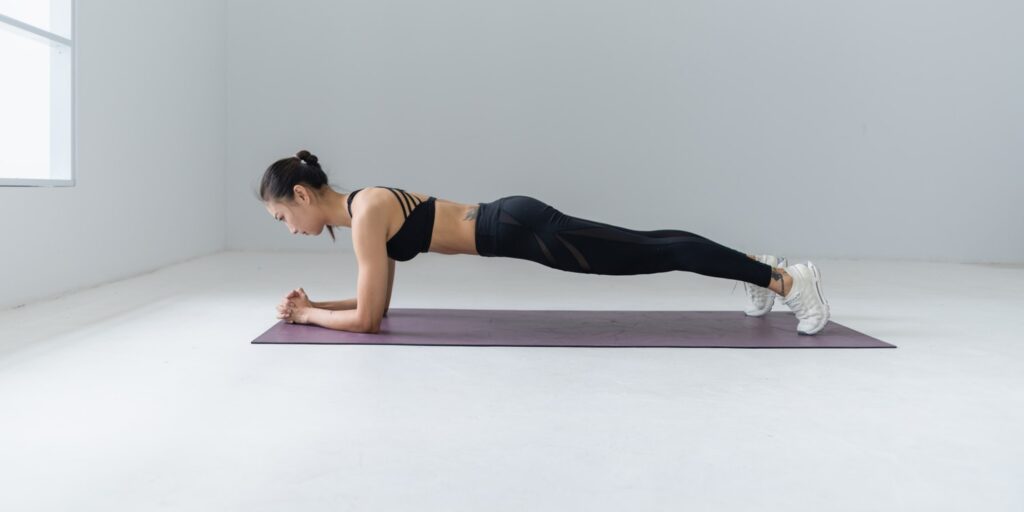How Your Posture May Be Affecting Your Health and Productivity

Good posture, or neutral spine, does more than make you look taller. The alignment of your cervical, thoracic, and lumbar regions can affect your comfort level, cognition, and health. Assessing and improving your posture both at home and at work can make a difference by helping you function at a more optimal level.
Energy Levels
Lagging energy has so many causes that poor posture isn’t one you’d initially identify. But it can actually be the culprit: extra work required to properly position your body against poor alignment uses energy, a loss which you feel as fatigue. To counteract this energy depletion, improve your posture with core fitness. Your core includes the muscles in your back, pelvis, and abdomen. Core exercises that help with posture include planks, roll ups, and leg extensions.
Lower Back Pain
Too much time spent slouching, particularly when seated, can cause lower back ache. Conversely, if you spend all your time standing, your back may also suffer. To combat lower back pain from too much sitting or standing, find a balance between the two and move more throughout your day. If you work at a computer, try a standing desk and incorporate some muscle movement by using a balance board.
Headaches
A headache after working at the computer might not be from screen brightness. It could be from the position of your head and neck if your screen is too low. This type of headache, called cervicogenic, actually starts in the cervical spine. It’s not just from poor sitting posture; it can also be caused by alignment issues while standing or sleeping.
Whether sitting or standing, try raising your computer screen to improve your head and neck alignment while working. Watch your posture during various activities, from waiting in line at the grocery store to riding public transportation, and while sleeping avoid excess pillow use that can raise your head out of alignment with your spine.
Lung Capacity
If you slump when you sit, your lung capacity suffers. Your breathing can also suffer while you stand if your sternum can’t expand when you inhale because your upper back is curved and your shoulders are rotated forward. Fortunately upper back posture issues can improve with regular, simple exercise. Try activities that move your shoulders back into alignment and straighten your upper back. Our short yoga video focused on relieving tension in your shoulders can really help, as can exercises such as shoulder blade stretches and door frame chest stretches.
Circulation
Poor posture can constrict the blood vessels around the spine, resulting in compromised oxygen and nutrient supply to surrounding tissues. In addition to reduced function from poor blood flow, your body is also at risk for clots and deep vein thrombosis when your blood vessels are constricted. Improve your standing and sitting posture, walk regularly, and drink enough water to bolster your circulation. Low impact exercise such as Yoga also improve circulation while building strength to help your body’s alignment.
Posture is more than just aesthetics. The alignment of your spine affects various aspects of your overall health and productivity and is well worth lifestyle adjustments that can boost your wellbeing.
How has posture affected your life and what have you done to improve it? Comment below or email us at [email protected].






